Home>Gardening & Outdoor>Garden Tools & Equipment>When Was The Leaf Blower Invented
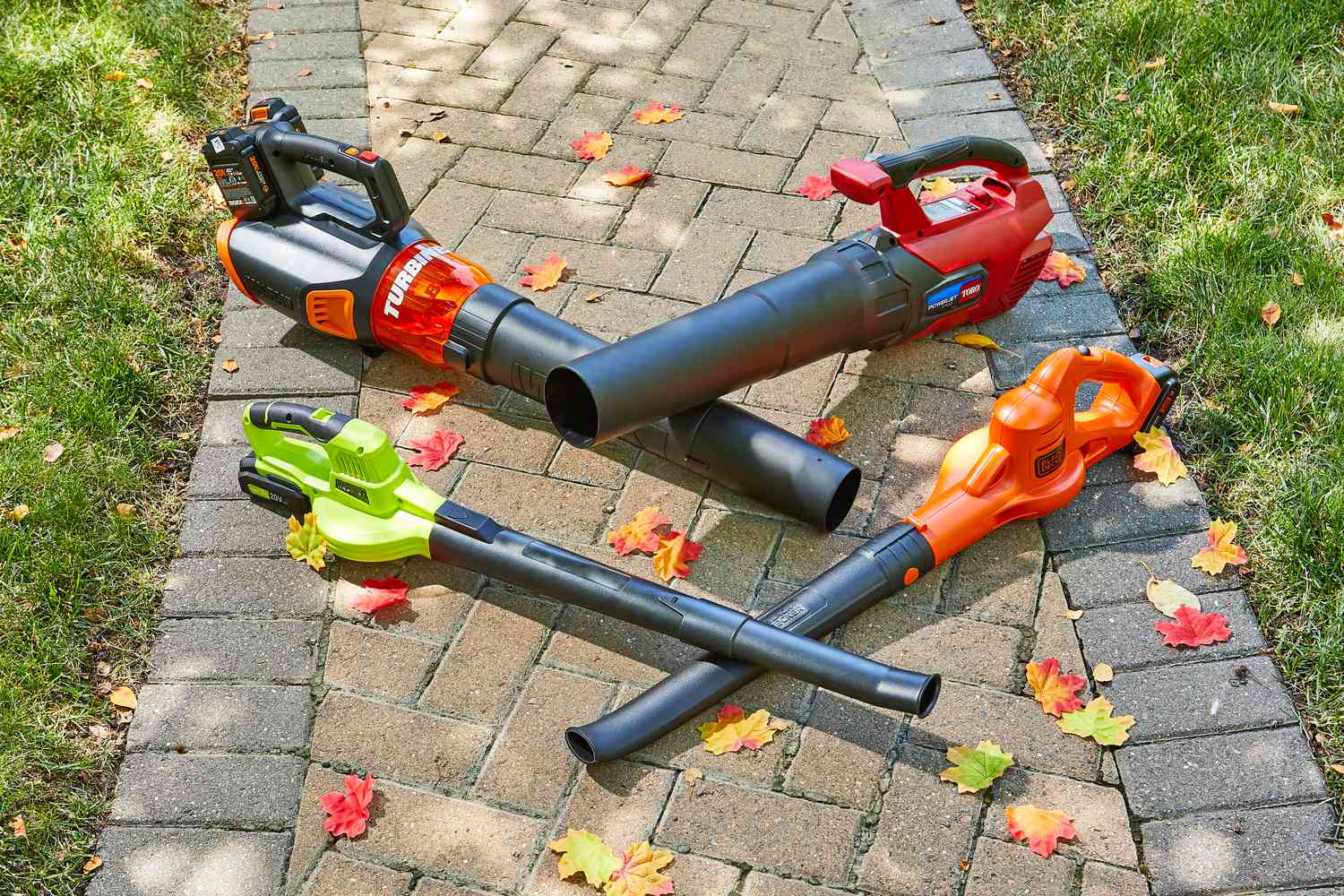

Garden Tools & Equipment
When Was The Leaf Blower Invented
Modified: August 27, 2024
Discover the history of garden tools and equipment with a look at the invention of the leaf blower. Learn about the origins and evolution of this essential piece of outdoor gear.
(Many of the links in this article redirect to a specific reviewed product. Your purchase of these products through affiliate links helps to generate commission for Storables.com, at no extra cost. Learn more)
Introduction
Gardening enthusiasts and landscaping professionals alike rely on a range of tools and equipment to maintain the beauty and health of outdoor spaces. One such indispensable tool is the leaf blower, a device designed to swiftly and efficiently clear away leaves, debris, and grass clippings. The history of the leaf blower is a testament to human innovation and the quest for more effective ways to tackle outdoor maintenance tasks.
The invention of the leaf blower revolutionized the way we approach yard work, offering a time-saving and labor-reducing solution to the tedious task of manual leaf raking. Understanding the origins and evolution of this essential garden tool provides valuable insight into the intersection of technology and outdoor maintenance practices.
In this article, we will delve into the fascinating history of the leaf blower, exploring its early attempts, the groundbreaking invention of the first leaf blower, and the subsequent evolution and popularization of this essential gardening tool. Additionally, we will examine the current trends and innovations in leaf blower technology, shedding light on the latest advancements that continue to shape the landscape of outdoor maintenance.
Join us on a journey through time as we uncover the story behind the leaf blower, from its humble beginnings to its modern-day technological advancements. Whether you are a seasoned gardening aficionado or simply curious about the origins of everyday tools, this exploration promises to offer valuable insights and a newfound appreciation for the humble leaf blower.
Key Takeaways:
- The leaf blower was invented in the 1950s, revolutionizing outdoor maintenance by offering a time-saving and labor-reducing solution to the tedious task of manual leaf raking.
- The evolution of leaf blowers has led to eco-friendly, user-friendly, and efficient models, showcasing the industry’s commitment to enhancing performance, user experience, and environmental sustainability.
Read more: What Is A Leaf Blower
Early Attempts at Leaf Blowing
In the early days of outdoor maintenance, the task of clearing leaves and debris from gardens, pathways, and outdoor spaces was a labor-intensive endeavor. Prior to the invention of the leaf blower, individuals relied on manual methods such as rakes, brooms, and even controlled fires to manage fallen leaves and other debris. While these methods were effective to some extent, they were time-consuming and physically demanding, often requiring significant manpower to achieve satisfactory results.
As the need for more efficient and less labor-intensive methods of leaf clearing became increasingly apparent, early attempts at mechanized leaf blowing began to emerge. One notable precursor to the modern leaf blower was the invention of the “air broom” in the late 19th century. This rudimentary device utilized a hand-operated bellows mechanism to generate a directed stream of air, providing a primitive yet innovative approach to clearing leaves and debris.
Throughout the early 20th century, various iterations of mechanized leaf blowing devices were developed, incorporating features such as compressed air systems and motorized blowers. These early attempts laid the groundwork for the eventual invention of the modern leaf blower, marking a pivotal shift in the way outdoor maintenance tasks were approached.
While these early innovations represented significant strides in the realm of mechanized leaf blowing, it was not until the mid-20th century that a groundbreaking invention would redefine the landscape of outdoor maintenance. The journey from these early attempts at leaf blowing to the development of the first leaf blower is a testament to human ingenuity and the persistent pursuit of more efficient and effective tools for managing outdoor spaces.
As we reflect on the early attempts at leaf blowing, it becomes evident that each iteration and innovation paved the way for the transformative invention that would soon follow, forever changing the way we approach the task of clearing leaves and debris from outdoor environments.
The Invention of the First Leaf Blower
The pivotal moment in the history of leaf blowing arrived with the invention of the first powered leaf blower. In 1950s America, a creative and forward-thinking engineer, Aldo Vandermolen, conceptualized a device that would revolutionize the way outdoor maintenance tasks were approached. Drawing inspiration from existing air-blowing technologies and the growing need for more efficient yard work solutions, Vandermolen set out to create a machine that could effectively clear leaves and debris with minimal manual effort.
After extensive research and development, Vandermolen unveiled the first commercially viable leaf blower, a motorized backpack unit that utilized a powerful engine to generate a directed stream of air. This innovative design allowed users to effortlessly blow leaves and debris from outdoor spaces, significantly reducing the time and physical exertion required for such tasks. The introduction of the first leaf blower marked a monumental shift in the world of outdoor maintenance, offering a practical and efficient solution to a previously labor-intensive chore.
Vandermolen’s invention quickly gained traction among landscaping professionals, groundskeepers, and homeowners alike, who were eager to embrace the time-saving and labor-reducing benefits offered by the new leaf blower. As word of the device’s effectiveness spread, its popularity soared, and it soon became a staple tool in the arsenal of outdoor maintenance equipment.
Notably, the invention of the first leaf blower was met with enthusiasm and curiosity, as it represented a significant leap forward in the realm of mechanized yard work tools. The convenience and efficiency offered by the leaf blower quickly captured the imagination of individuals tasked with outdoor maintenance, prompting a widespread shift from traditional manual methods to the use of this innovative new tool.
As we reflect on the invention of the first leaf blower, it becomes clear that Aldo Vandermolen’s pioneering spirit and dedication to creating a more effective outdoor maintenance solution forever altered the landscape of yard work. The introduction of the first powered leaf blower laid the foundation for the continued evolution and popularization of this essential gardening tool, shaping the way we approach outdoor maintenance tasks to this day.
The leaf blower was invented in the 1950s in Japan by a company called Kyoritsu Noki. It was originally designed for agricultural use before becoming popular for yard maintenance.
Evolution and Popularization of Leaf Blowers
Following the groundbreaking invention of the first leaf blower, the tool underwent a period of rapid evolution and widespread popularization. As the benefits of mechanized leaf blowing became increasingly apparent, manufacturers and engineers sought to refine and enhance the design and functionality of leaf blowers, leading to a diverse range of models tailored to different user needs and preferences.
Throughout the latter half of the 20th century, advancements in engine technology, ergonomics, and noise reduction capabilities contributed to the refinement of leaf blower designs. Manufacturers began producing handheld, backpack-mounted, and wheeled models, offering users a variety of options to suit the scale and nature of their outdoor maintenance tasks. These developments not only improved the efficiency and ease of use of leaf blowers but also contributed to their widespread adoption among homeowners, landscaping professionals, and groundskeeping crews.
As leaf blowers became increasingly integrated into outdoor maintenance routines, their popularity surged, and they became emblematic of modern, time-saving yard work practices. The tool’s ability to swiftly clear leaves, grass clippings, and debris from outdoor spaces made it an indispensable asset for maintaining tidy and visually appealing landscapes.
Despite their utility, leaf blowers also sparked debates regarding noise pollution and environmental impact. In response to these concerns, manufacturers began developing quieter and more environmentally friendly models, incorporating features such as noise-dampening technology and cleaner, more efficient engine systems. These advancements not only addressed the environmental and noise-related apprehensions associated with leaf blowers but also underscored the industry’s commitment to innovation and sustainability.
The evolution and popularization of leaf blowers reflect a broader shift in the way outdoor maintenance tasks are approached, emphasizing the integration of technology and efficiency into traditional yard work practices. From their humble beginnings as a novel yard work solution to their status as a ubiquitous tool in the realm of outdoor maintenance, leaf blowers have continued to evolve to meet the changing needs and expectations of users.
As we consider the evolution and popularization of leaf blowers, it becomes evident that these tools have not only transformed the way we approach outdoor maintenance but have also become emblematic of the intersection between innovation, convenience, and the timeless pursuit of a well-kept outdoor environment.
Current Trends and Innovations in Leaf Blower Technology
The realm of leaf blower technology has experienced ongoing advancements and innovations, driven by a commitment to enhancing performance, user experience, and environmental sustainability. In response to evolving user needs and a growing emphasis on eco-conscious practices, manufacturers have introduced a range of cutting-edge features and design elements that define the current landscape of leaf blower technology.
One notable trend in leaf blower innovation is the widespread adoption of lithium-ion battery technology. Cordless leaf blowers powered by lithium-ion batteries offer users the freedom of movement without the constraints of cords or the emissions associated with gas-powered models. These battery-powered leaf blowers provide a quieter, more portable alternative, making them well-suited for residential use and environmentally sensitive areas.
Furthermore, the integration of brushless motor technology has significantly improved the efficiency and durability of modern leaf blowers. Brushless motors offer increased power output, reduced noise levels, and extended operational lifespan, making them a sought-after feature among users seeking high-performance and reliable yard maintenance tools.
Noise reduction remains a focal point of innovation in leaf blower technology, with manufacturers employing advanced engineering techniques to minimize operational noise without compromising performance. Quieter leaf blowers not only enhance user comfort but also contribute to a more harmonious coexistence with surrounding environments and communities.
In response to environmental concerns, many manufacturers have prioritized the development of electric leaf blowers that produce zero emissions and have a reduced carbon footprint. These eco-friendly models align with the growing emphasis on sustainable practices and offer users a conscientious alternative for maintaining outdoor spaces without compromising environmental integrity.
Additionally, ergonomic design features, such as adjustable handles, padded straps, and weight distribution systems, have become standard in modern leaf blower models. These elements prioritize user comfort and reduce the physical strain associated with prolonged leaf blowing tasks, ensuring a more enjoyable and efficient yard work experience.
As the industry continues to evolve, smart technology integration has emerged as a notable innovation in leaf blower design. Some models now feature connectivity options, allowing users to monitor and adjust settings via smartphone applications, further enhancing convenience and customization.
These current trends and innovations in leaf blower technology exemplify the industry’s dedication to enhancing performance, user experience, and environmental responsibility. By embracing cutting-edge features and design elements, modern leaf blowers continue to redefine the standards of outdoor maintenance, offering users a diverse array of efficient, eco-conscious, and user-friendly options to suit their specific needs and preferences.
Read more: What Is The Best Leaf Blower
Conclusion
The journey through the history of leaf blowers unveils a narrative of innovation, evolution, and the enduring quest for more efficient and practical outdoor maintenance solutions. From the early attempts at mechanized leaf blowing to the invention of the first powered leaf blower, the trajectory of this essential gardening tool reflects the timeless human pursuit of enhancing everyday tasks through technological ingenuity.
The evolution and popularization of leaf blowers have not only transformed the way we approach outdoor maintenance but have also become emblematic of the intersection between innovation, convenience, and the timeless pursuit of a well-kept outdoor environment. As the industry continues to evolve, current trends and innovations in leaf blower technology underscore the commitment to enhancing performance, user experience, and environmental sustainability.
With advancements such as lithium-ion battery technology, brushless motors, noise reduction engineering, and eco-friendly design, modern leaf blowers offer users a diverse array of efficient, eco-conscious, and user-friendly options to suit their specific needs and preferences. These innovations not only address the evolving needs of users but also align with the growing emphasis on sustainable practices and environmental responsibility.
As we reflect on the history and progression of leaf blowers, it becomes evident that these tools have not only revolutionized the way we approach outdoor maintenance but have also symbolized the enduring spirit of innovation and the seamless integration of technology into traditional yard work practices. The leaf blower stands as a testament to the transformative power of human ingenuity and the ongoing pursuit of efficient, practical solutions for maintaining outdoor spaces.
Whether in the hands of a dedicated gardener, a professional landscaper, or a homeowner striving to maintain a tidy outdoor environment, the leaf blower continues to play a pivotal role in simplifying and enhancing the process of clearing leaves, debris, and grass clippings. Its evolution from a novel yard work solution to an indispensable tool speaks to the enduring impact of innovation on everyday tasks, inspiring a newfound appreciation for the humble leaf blower and its enduring legacy in the realm of outdoor maintenance.
As we look to the future, the history and evolution of leaf blowers serve as a reminder of the transformative potential of technology and the enduring pursuit of efficiency and sustainability in outdoor maintenance. The story of the leaf blower is a testament to the timeless quest for practical, effective solutions and the enduring impact of innovation on the way we care for our outdoor spaces.
Frequently Asked Questions about When Was The Leaf Blower Invented
Was this page helpful?
At Storables.com, we guarantee accurate and reliable information. Our content, validated by Expert Board Contributors, is crafted following stringent Editorial Policies. We're committed to providing you with well-researched, expert-backed insights for all your informational needs.
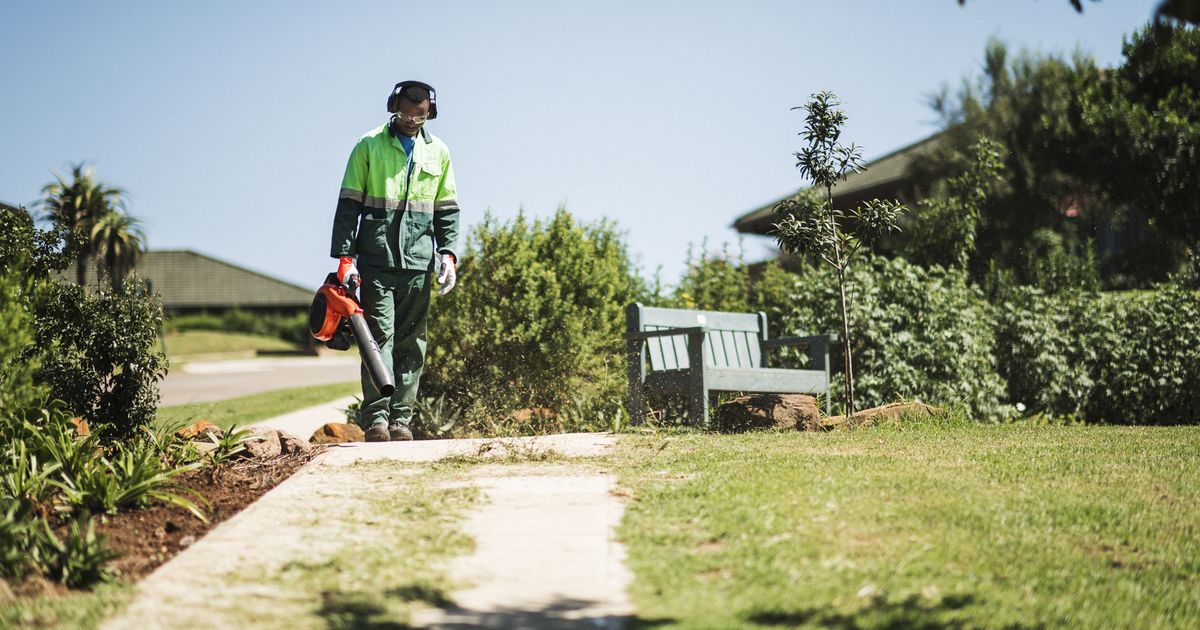
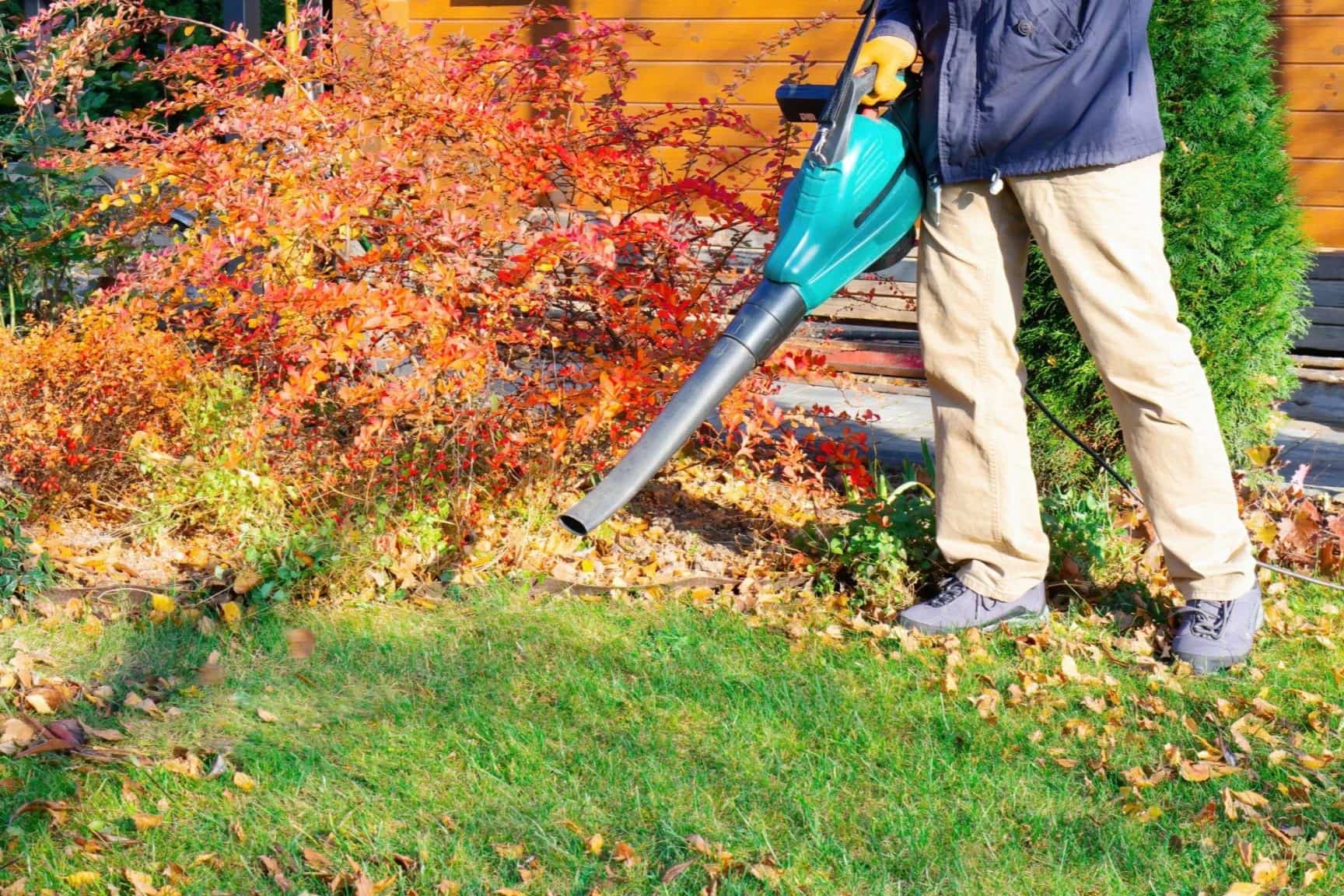
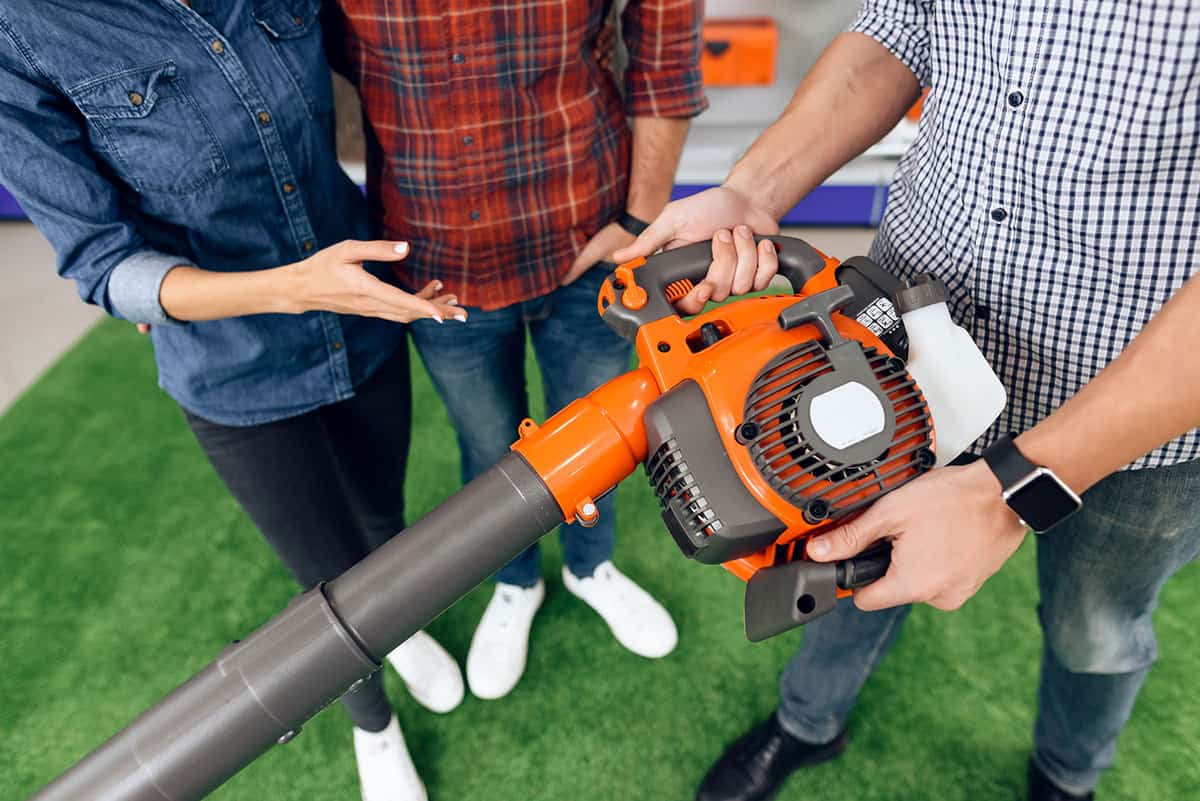
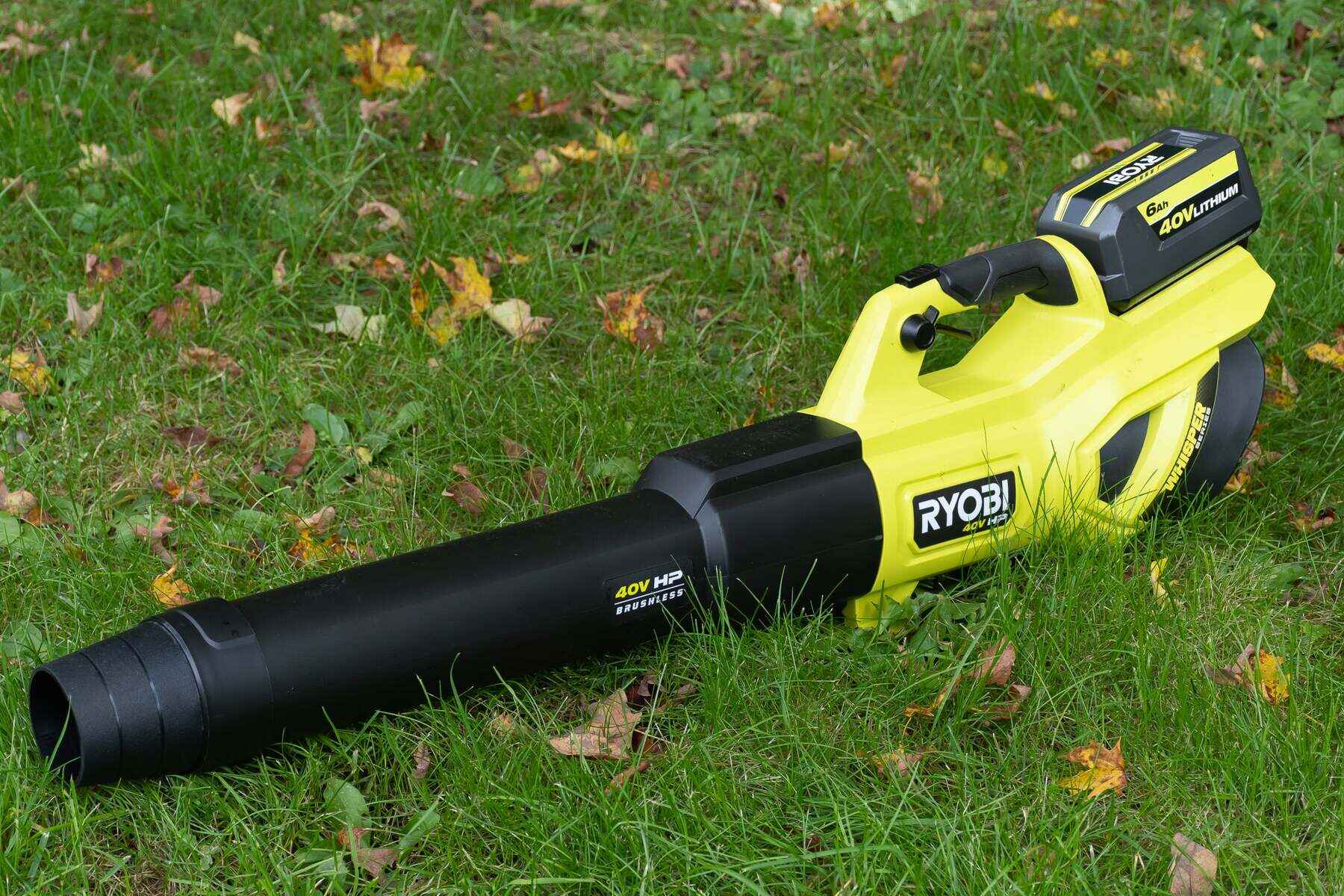
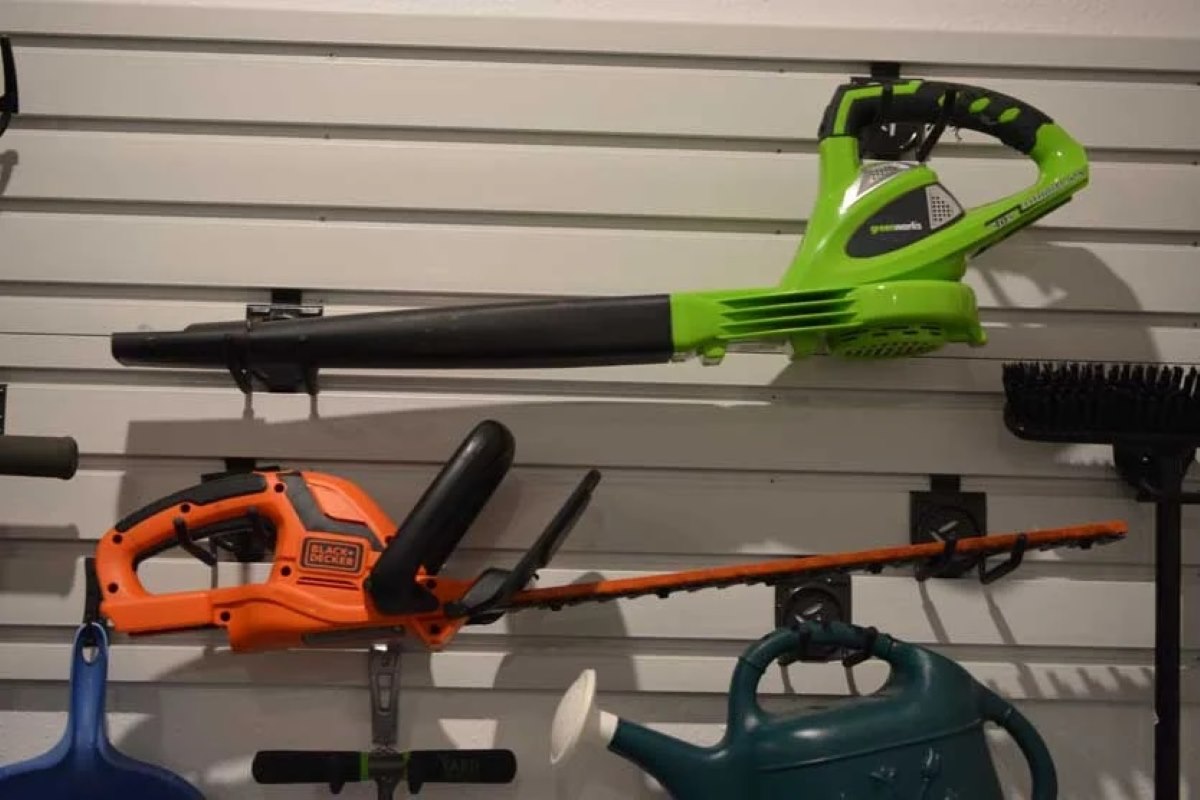
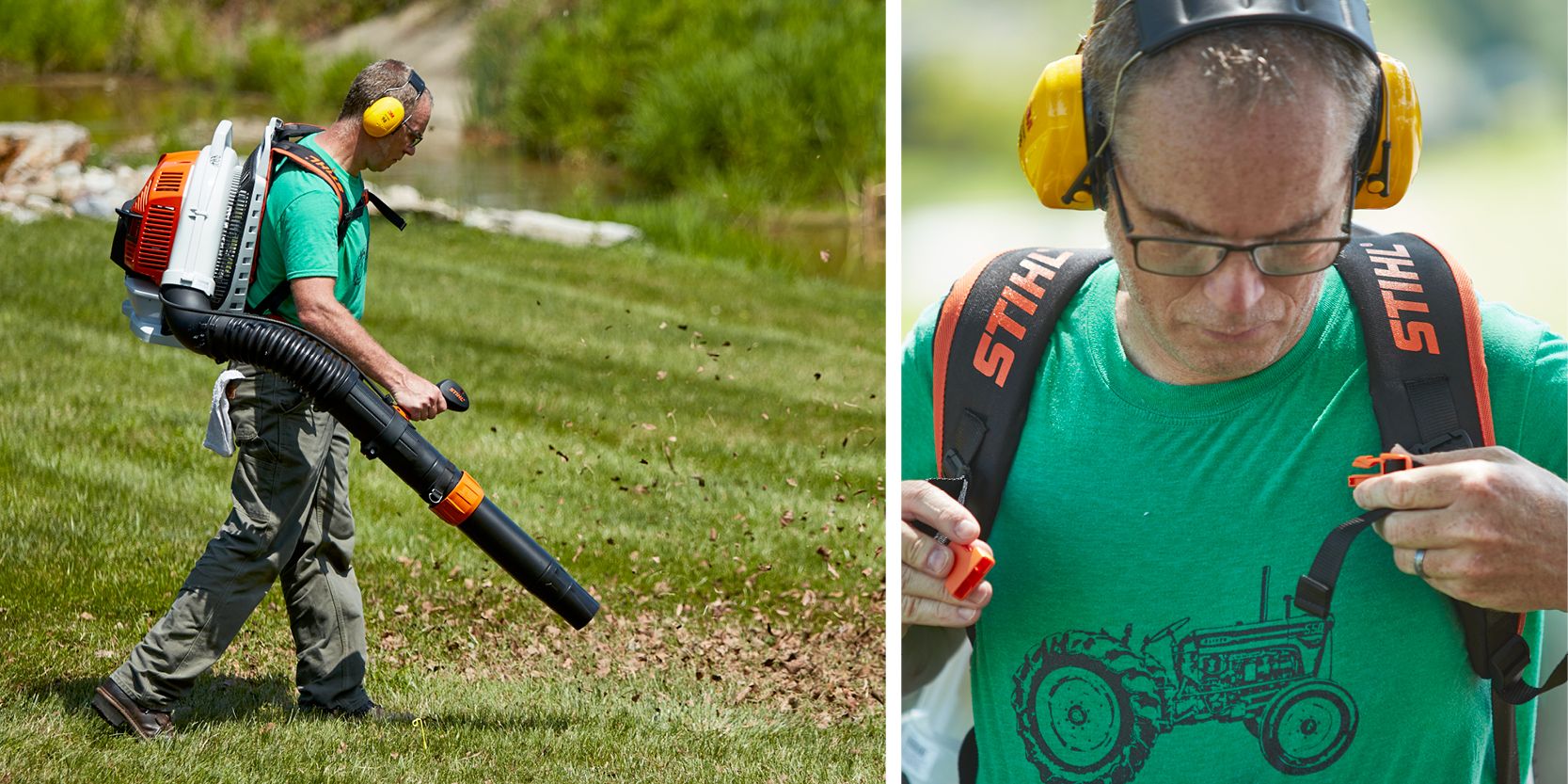
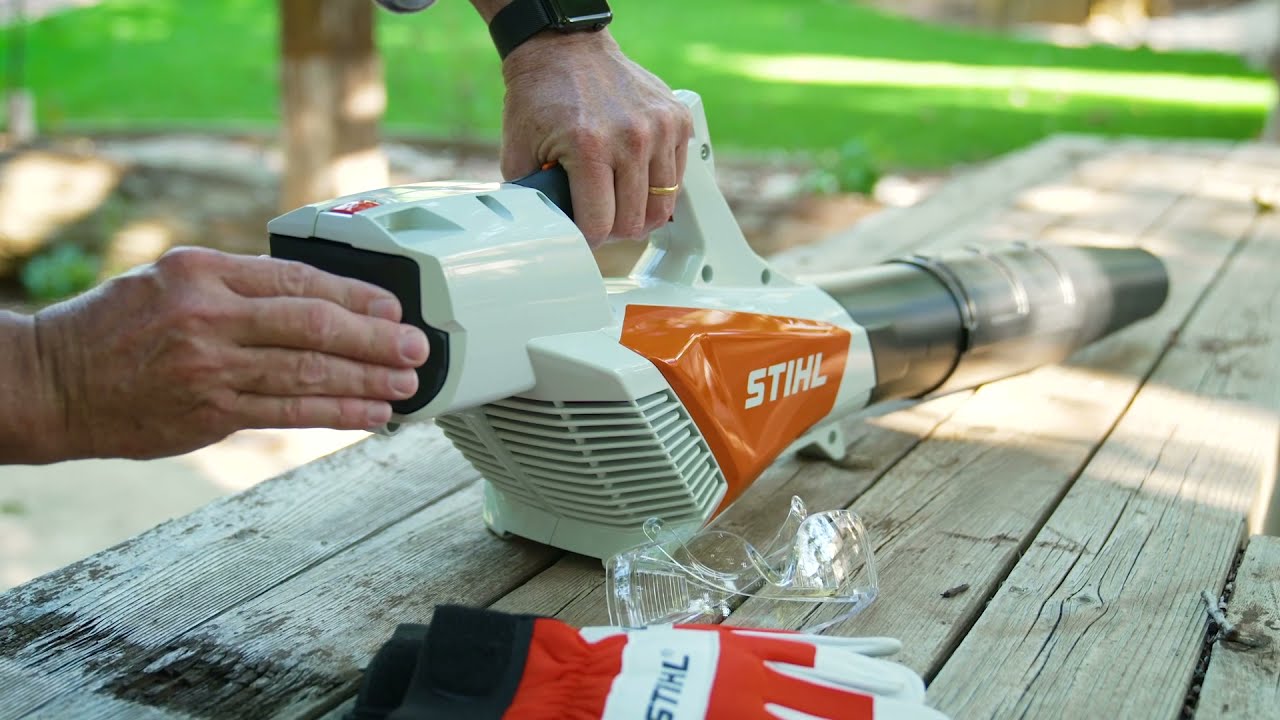
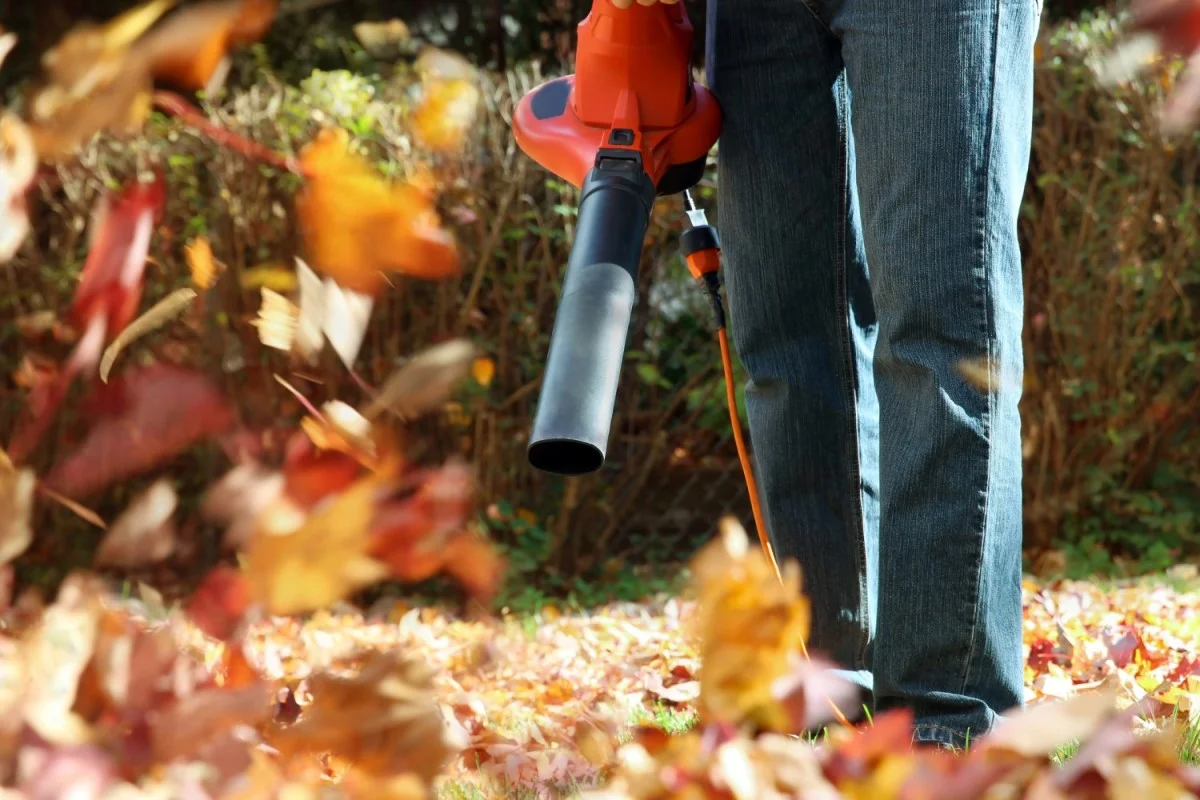
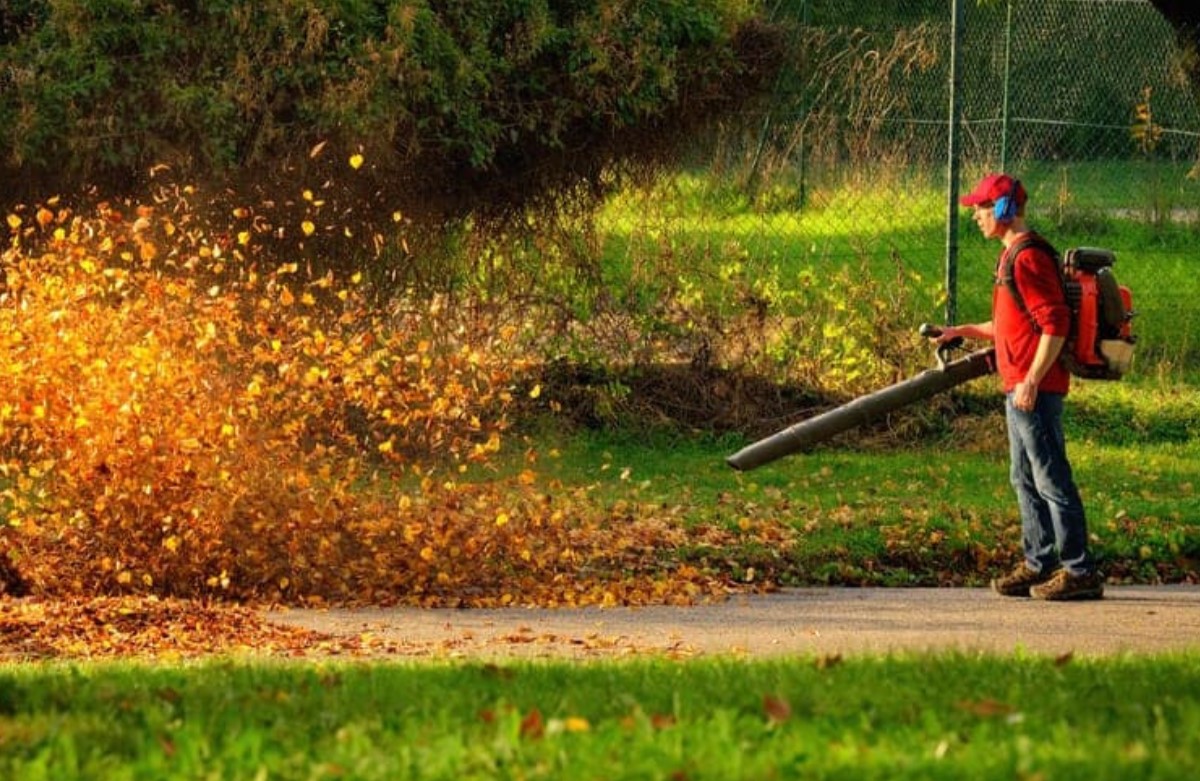

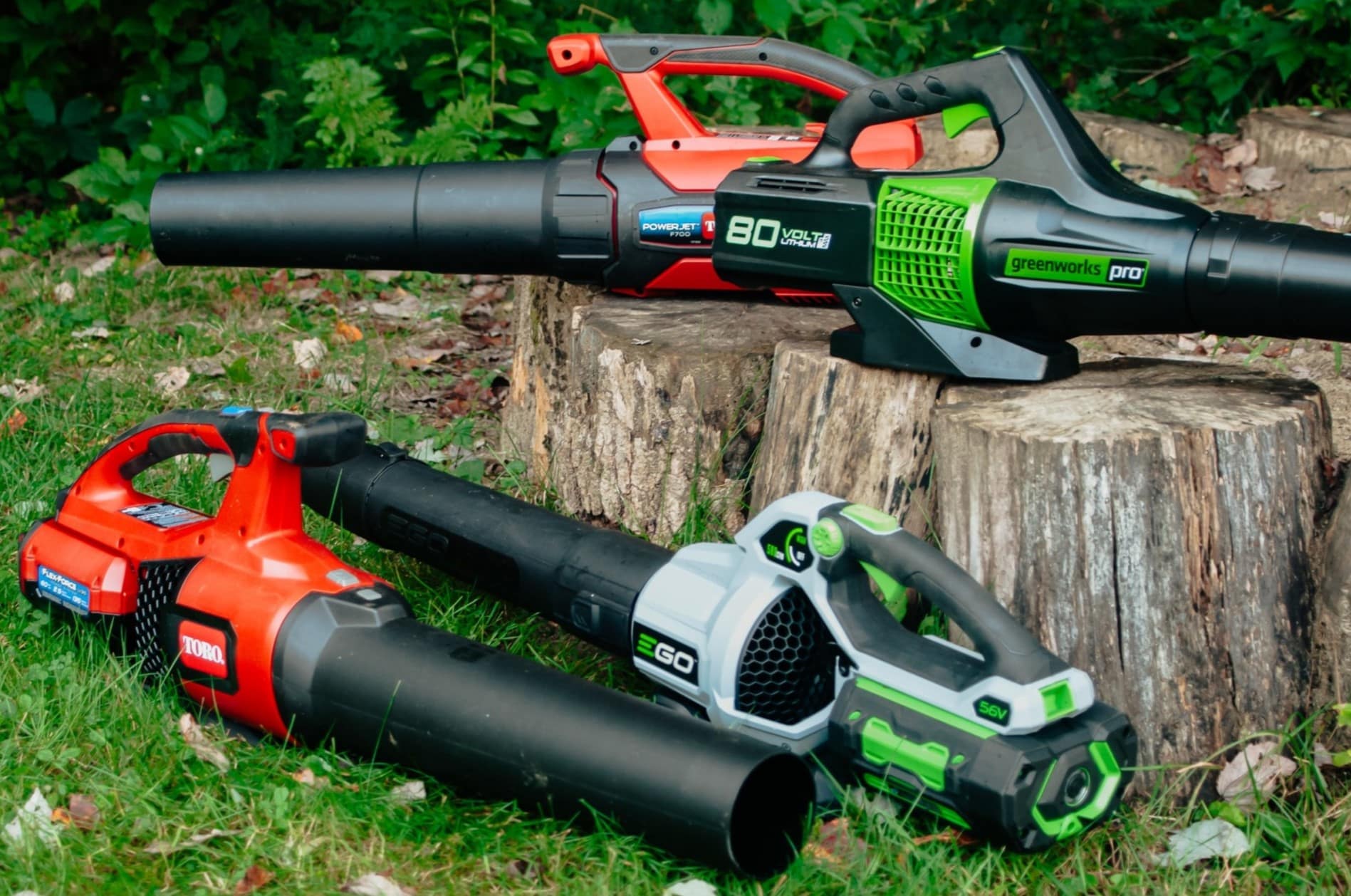
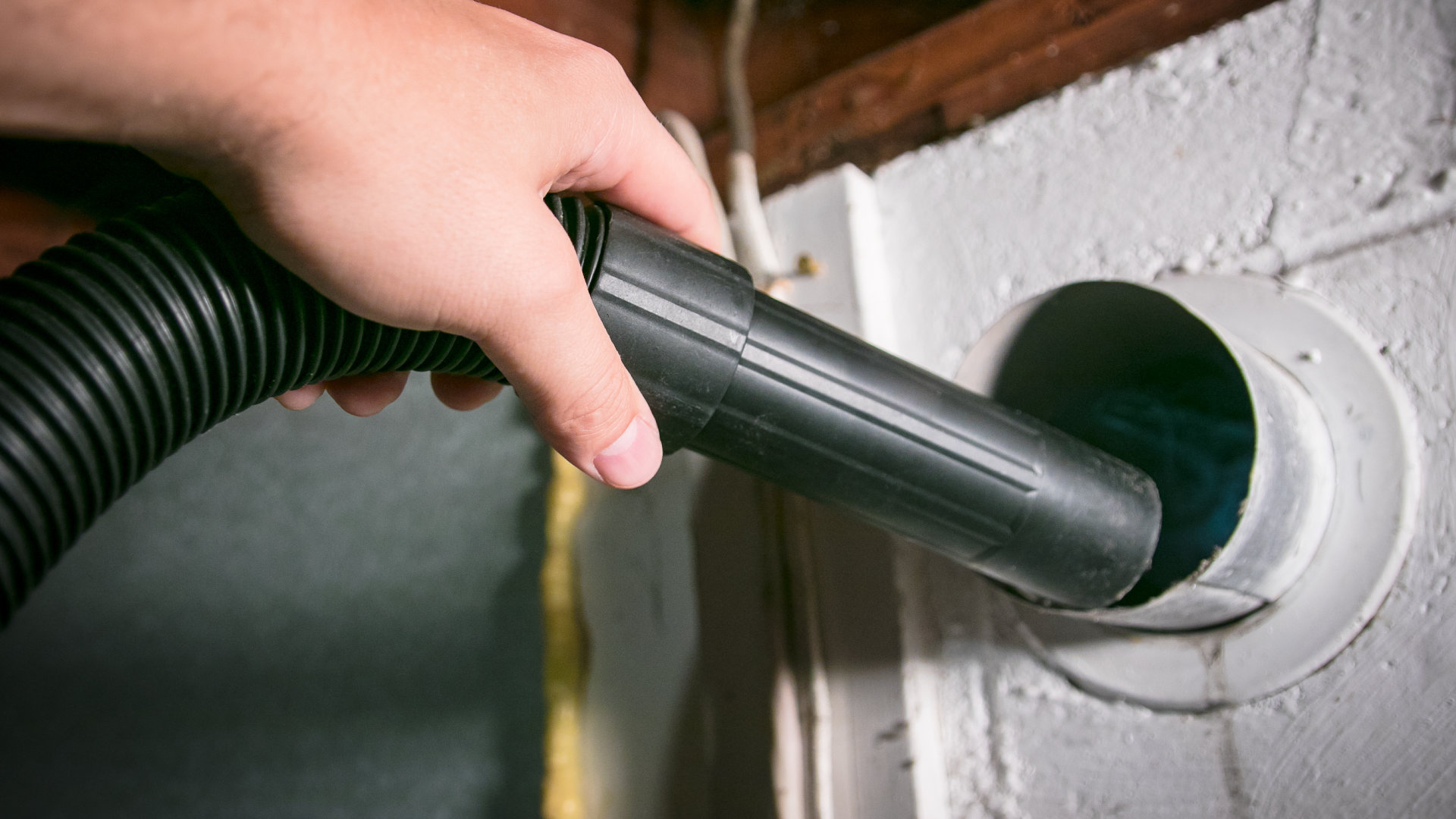
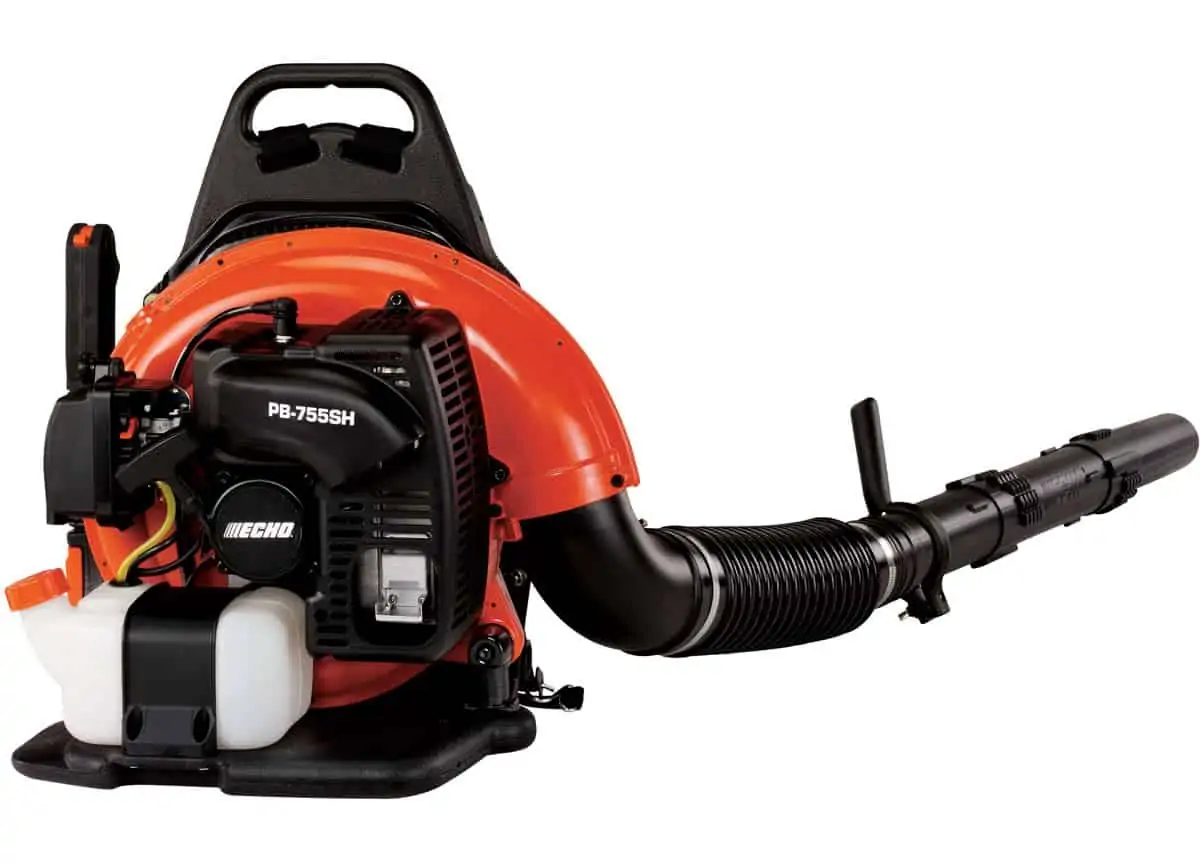
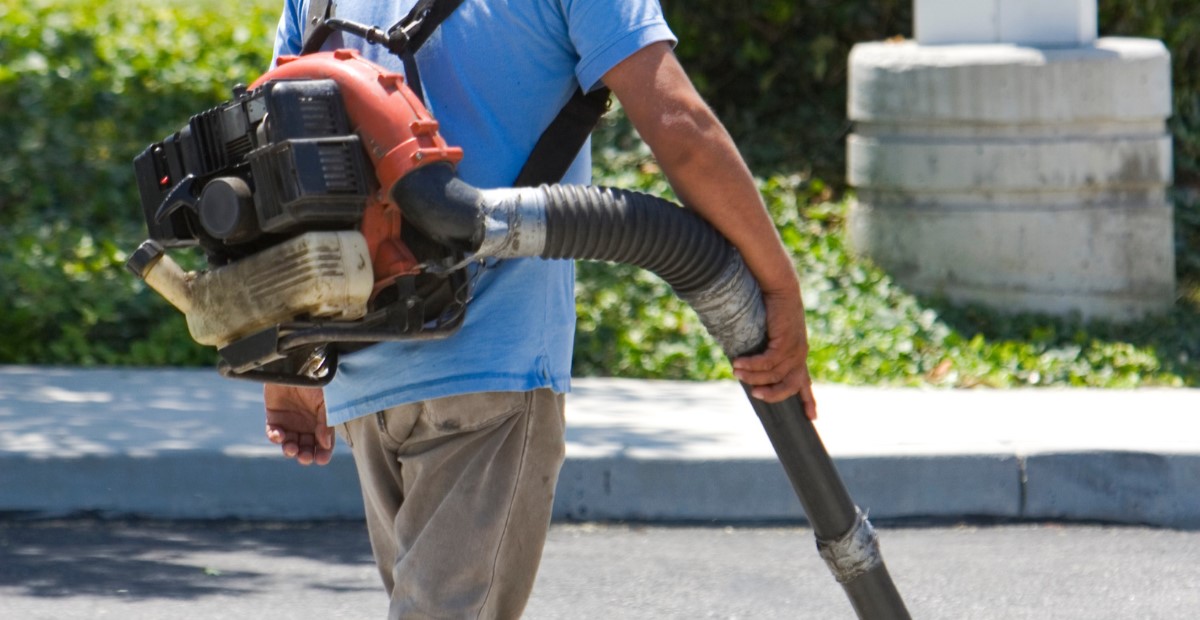

0 thoughts on “When Was The Leaf Blower Invented”